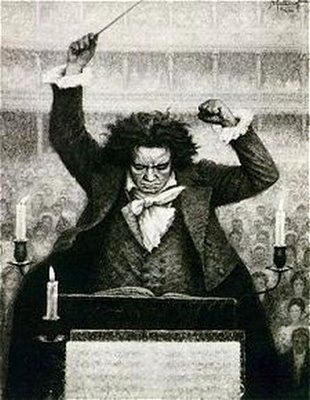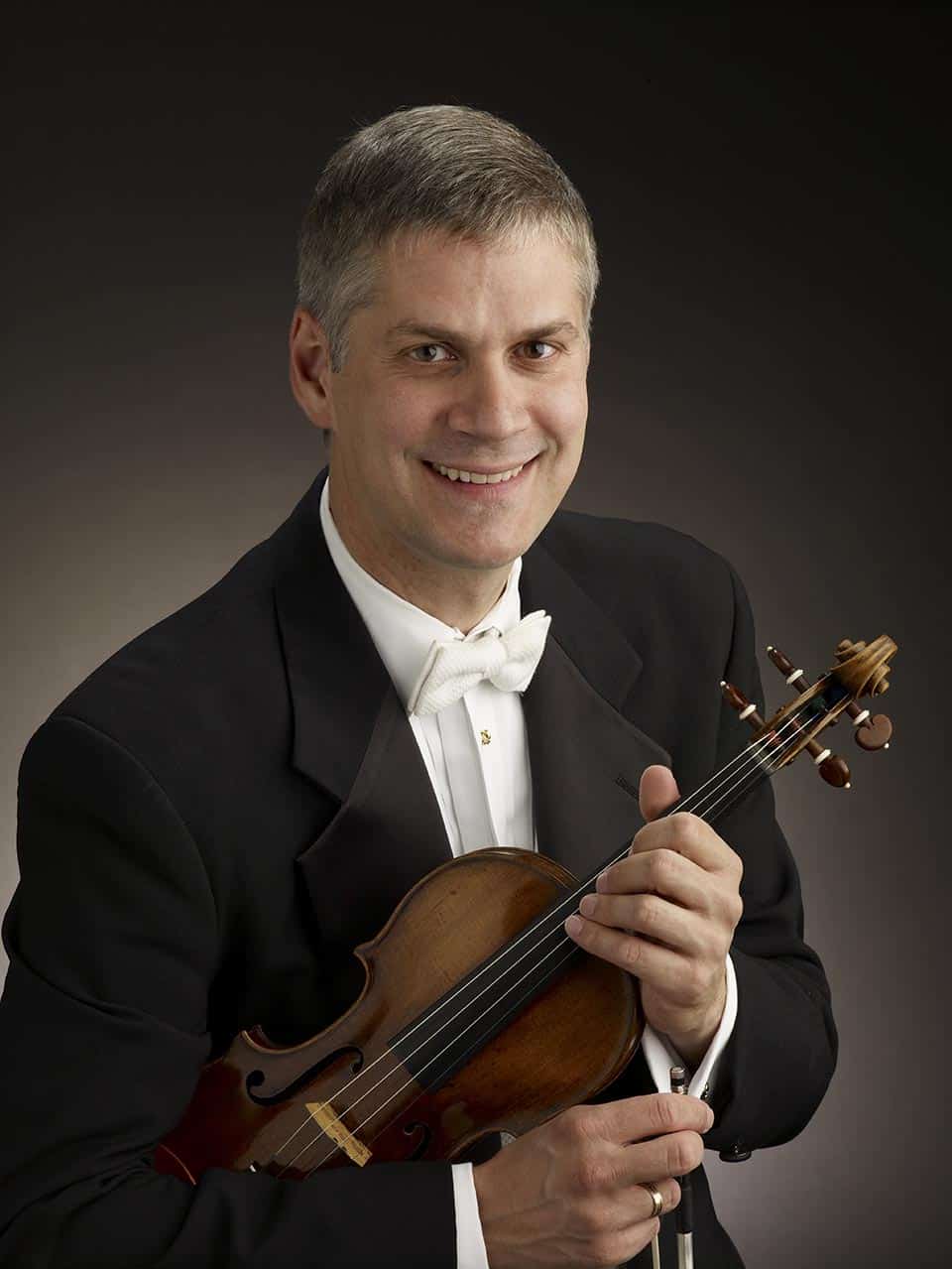Where did Beethoven first write ta-ta-ta-taaaa?
mainFrom the Lebrecht Album of the Week:
I’m guessing not many readers are familiar with Beethoven’s Sonata in D, opus 6. Published in 1797, though possibly dating from the composer’s teens, it begins with the unmistakable opening phrase of the Fifth Symphony. Seriously? That work that did not achieve fruition for another decade. Like me, you may have trouble believing your ears…

Read on here.
And here.





LvB wrote that in his teens? I am not too surprised. In itself it’s a simple phrase – it’s what he did with it that’s great.
Composers often re-use their own work. Mozart and others did and I’m sure readers can think of many examples.
Indeed, it’s normal practice. The idea that every new work has to be a groundbreaking, totally new piece in a totally new style, is a modernist idea, suffused with the romanticism of the hero on the barricades of exploration, not with the aim to say something new in one’s musical language, but to create a new style as well. However admirable some of the results may be, in the end composers get stuck, because they over-plough their field and it gets arid. Debussy got stuck at the end of his career and only with the greatest efforts he could squeeze-out his later piano works and the three sonatas in which he returned to the French classicism – quite a volte face. Stravinsky made a point of creating a new style with every new work, and ended-up with the sterile serialism of his latest period, some of it is great, but most life has leaked-out of the music. In the 18th century composers were much less concerned and used their style during their whole career and still said new things with every piece.
Interestingly, Ravel never bothered about changing his style and took models of other composers for each new work, and the result was different all the time because of the different models he took.
A fairly well known factoid particularly since there are solo piano versions of this. Of course one needs to switch to minor mode and change the tempo.
Seriously? They are similar only for his using four notes. This piece is in D major– the Fifth Symphony is C minor, and the characters couldn’t be more different. The Sonata starts on the beat– the Symphony starts after a rest. The notes in the first four bars of the Sonata are the same length and it stays in the tonic– the Symphony goes tonic-dominant, a relationship that defined his style. The notes are short-short-short-long and longer. This piece is closer to his Fidelio Overture.
Unmistakable if you can’t hear the difference in intervals: in op. 6 it’s a 4th. In the Fifth, a maj. 3rd.
You can see the score here https://www.youtube.com/watch?v=DQeMmNr0Nz4
Very different from 5th symphony. This is a surprising angle to take
Indeed, the link seems to be much too far-fetched. Tonal, classical music is saturated with comparable tropes which pop-up everywhere in that repertoire.
Could you do some research on the number of times the Joy theme or elements of it show up in Beethoven’s works? A dear friend tells me that he used the theme in 6 compositions including the Choral symphony.
Also, I can’t help sensing elements of the Fifth Symphony motto in compositions written before Beethoven. So I wouldn’t think it is his motif alone.
All the music of Beethoven stems from some other source, because he wrote in the classical style which was then en vogue, but he made Beethoven of it. Therefore he worked so hard and made numerous sketches to turn it into something more personal. The theme of the 9th finale he had found already in his youth, and simply kept it for later use.